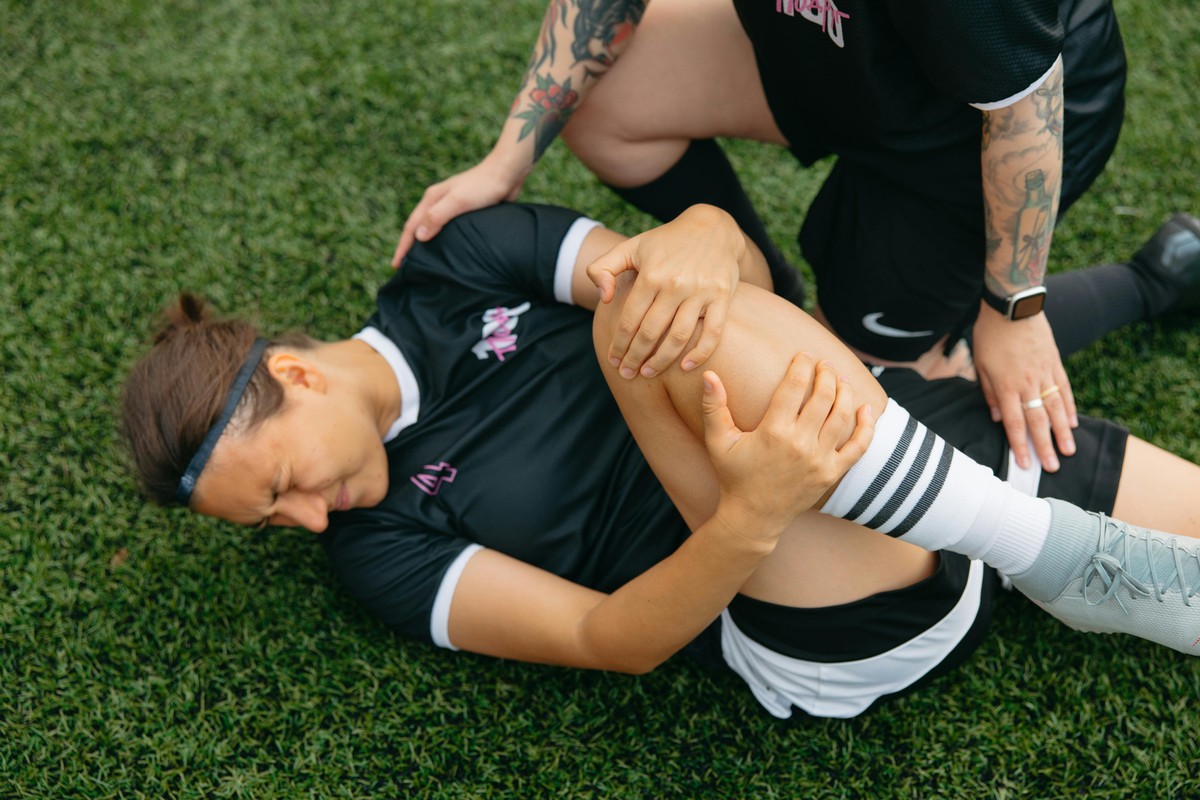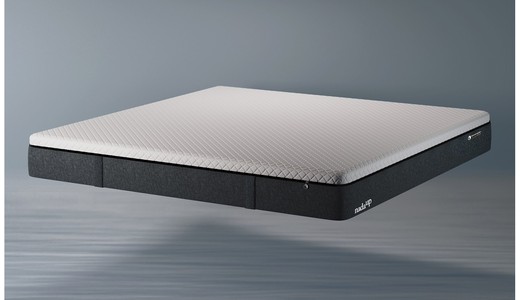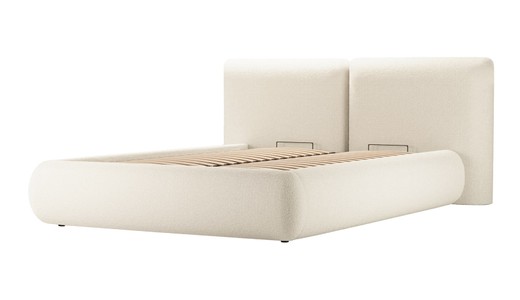Rest, Recovery, Repeat: Winning Back Your Body After Injury

In the world of elite sports, injuries are not a matter of if but when. From muscle strains to ligament tears, high-performance bodies are constantly pushed to their limits. But here's what separates champions from amateurs: the art of recovery. A pulled hamstring, a twisted ankle, or even post-match fatigue—these physical setbacks are signals, not roadblocks. They urge the body to pause, reflect, and rebuild. And the faster and more intelligently one recovers, the sooner they’re back on the field.
How Do Athletes Recover So Fast?
Athletes follow structured, often science-backed routines to accelerate healing. Recovery isn’t just about passive rest—it's an active, multi-dimensional process. Let’s look at the key components:
1. Cryotherapy and Ice Bath Therapy
One of the most well-known techniques in sports recovery is cold immersion therapy, commonly known as an ice bath. Cristiano Ronaldo, for instance, incorporates this routinely into his recovery schedule. Why?
-
Reduces inflammation and swelling: Cold constricts blood vessels, minimizing fluid accumulation.
-
Relieves pain: Lower nerve conduction speeds mean less soreness.
-
Improves performance readiness: Studies show athletes return faster to peak condition with proper cryotherapy (Piñero et al., 2024).
However, science also warns us: prolonged or improperly timed cold therapy might blunt muscle protein synthesis (Fuchs et al., 2019). It must be used tactically—especially after endurance events, not strength-focused sessions.
2. Active Recovery and Contrast Hydrotherapy
Instead of lying still, many professionals engage in low-impact activities like swimming, walking, and yoga to flush out lactic acid and maintain mobility. Contrast hydrotherapy (alternating between hot and cold water) enhances circulation and reduces muscle stiffness.
3. Massage, Physiotherapy, and Nutrition
Massage and myofascial release are staples for muscle repair. Physiotherapists guide athletes through rehabilitation movements, while anti-inflammatory foods and adequate hydration supply the biological building blocks for healing.
But there’s a silent champion of recovery often overlooked: sleep.
Sleep: The Unsung Hero of Recovery
Deep sleep is when the body gets to work. Growth hormone surges during sleep, helping rebuild muscles, heal tissues, and recalibrate the nervous system. Inadequate sleep not only slows recovery but increases injury risk (Bompa & Haff, 2009).
The Mattress Matters
What we sleep on affects how well we sleep. Spinal alignment, pressure relief, temperature regulation—these are not luxuries but necessities for any recovering body.
Why NadaUp Mattresses Are Built for Athletic Recovery
NadaUp is not just a mattress brand—it’s a philosophy of regeneration. Designed in collaboration with Mammoth and tested by institutions like Northumbria University and Oxford, these clinically tested mattresses bring medical-grade support to everyday users.
Key Advantages for Athletes:
-
Ergonomic and orthopedic design: Reduces tension, improves posture, and offers back pain relief.
-
Advanced cooling technology: NadaUp’s foam cools 69% faster than traditional memory foam, aiding in thermoregulation crucial for deep sleep cycles.
-
Pressure point relief: Offers 60% better pressure distribution, reducing stress on sore muscles.
-
Motion isolation: Shared rooms or hotel stays during away games? NadaUp ensures undisturbed sleep.
-
Certified and approved: MHRA, NICE, ACPOHE, and CSP all support the clinical efficiency of the materials used.
Clinical trials show NadaUp users experience:
-
21% greater sleep satisfaction
-
7% better sleep efficiency
-
29% faster time falling asleep【5†source】
These numbers are not just statistics—they translate into energy, strength, and mental clarity on the field.
A General Example
Imagine a young sprinter recovering from a quad strain.
-
After physiotherapy and cold therapy, she returns home to rest.
-
She lies on a NadaUp mattress. The memory foam adapts to her contours, relieving pressure around the injured thigh. The cool surface prevents overheating.
-
She falls asleep quickly. The deep sleep phase kicks in, and so does her body's natural healing. Growth hormone is released. Microtears begin to repair. Cortisol levels drop.
-
In the morning, she wakes not only pain-free but recharged.
This is the science of sleep—amplified by the technology of recovery-grade mattresses.
Final Thoughts: Recovery Is Holistic
Athletic recovery is not just ice packs and protein shakes. It’s about creating the right environment—physically, mentally, and hormonally—for the body to do what it does best: heal.
NadaUp mattresses are built around this philosophy. Whether you’re a weekend warrior or a full-time athlete, your body deserves the same recovery tools as the pros. From sleep quality to hormonal balance, these mattresses serve as a silent partner in your return to strength.
We are all one. The human body has astonishing power to heal—when given the right support.
References
Bompa, T. O., & Haff, G. G. (2009). Periodization Training for Sports: Scientific and Practical Applications. Human Kinetics.
Cochrane Review. (2015). Cold-water immersion (cryotherapy) for preventing and treating muscle soreness after exercise. Cochrane Database of Systematic Reviews.
Fuchs, C. J., et al. (2019). Post-exercise cooling impairs muscle protein synthesis rates in recreational athletes. Journal of Physiology.
Piñero, A., et al. (2024). Throwing cold water on muscle growth: A systematic review with meta-analysis of the effects of postexercise cold water immersion on resistance training-induced hypertrophy. European Journal of Sport Science.









